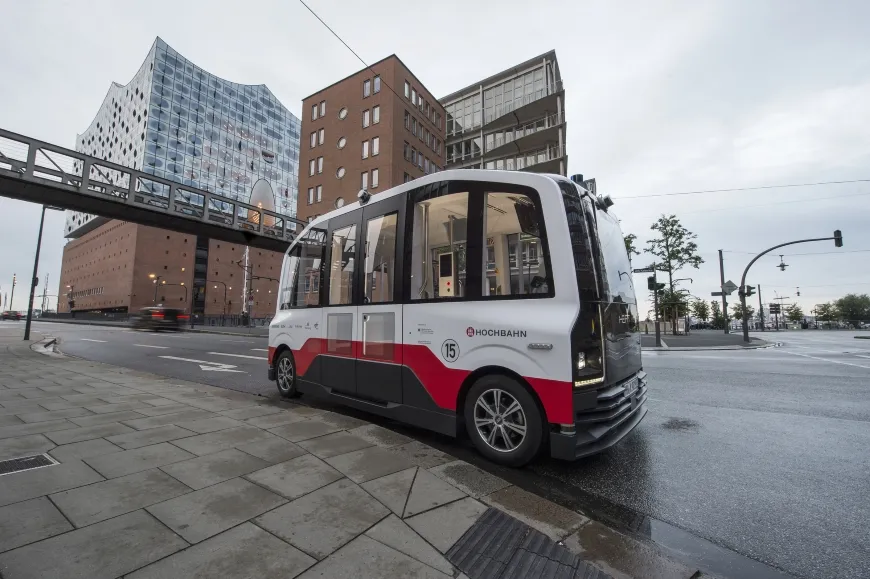The Maryland Transit Administration is now in line to receive almost US$100 million to invest in 172 advanced clean diesel buses after receiving approval by the state’s spending board.
The Baltimore Business Journal reported the new clean diesel buses will replace older vehicles – some which have been service for 15 years.
The Maryland decision mirrors other significant orders of clean diesel and diesel-electric hybrid buses by transit agencies in major communities like New York, San Fran
February 2, 2016
Read time: 2 mins
The Maryland Transit Administration is now in line to receive almost US$100 million to invest in 172 advanced clean diesel buses after receiving approval by the state’s spending board.
The Baltimore Business Journal reported the new clean diesel buses will replace older vehicles – some which have been service for 15 years.
The Maryland decision mirrors other significant orders of clean diesel and diesel-electric hybrid buses by transit agencies in major communities like New York, San Francisco, Chicago, Detroit, and New Jersey.
“The Maryland Transit Administration made a strong and smart case for modernising its bus fleet, and the choice for clean diesel buses is the best choice,” said Allen Schaeffer, executive director of the Diesel Technology Forum. “New clean diesels not only cost far less than other alternative powertrains, but are as clean – or cleaner – than alternatives. In this instance, the new clean diesels will reduce NOx and particulate matter by as much as 95 percent compared to the 10 or 15-year old buses they replace.”
Among public transit agencies, Schaeffer said diesel and diesel-hybrid buses account for about 75 percent of the national fleet.
“In approving this expenditure, the Board of Public Works joins other major transit agencies around the country that are finding that clean diesel technology is the all-around best choice for public transportation from an economical and environmental perspective - it’s more clean public transportation for the dollar,” he concluded.
The Baltimore Business Journal reported the new clean diesel buses will replace older vehicles – some which have been service for 15 years.
The Maryland decision mirrors other significant orders of clean diesel and diesel-electric hybrid buses by transit agencies in major communities like New York, San Francisco, Chicago, Detroit, and New Jersey.
“The Maryland Transit Administration made a strong and smart case for modernising its bus fleet, and the choice for clean diesel buses is the best choice,” said Allen Schaeffer, executive director of the Diesel Technology Forum. “New clean diesels not only cost far less than other alternative powertrains, but are as clean – or cleaner – than alternatives. In this instance, the new clean diesels will reduce NOx and particulate matter by as much as 95 percent compared to the 10 or 15-year old buses they replace.”
Among public transit agencies, Schaeffer said diesel and diesel-hybrid buses account for about 75 percent of the national fleet.
“In approving this expenditure, the Board of Public Works joins other major transit agencies around the country that are finding that clean diesel technology is the all-around best choice for public transportation from an economical and environmental perspective - it’s more clean public transportation for the dollar,” he concluded.










